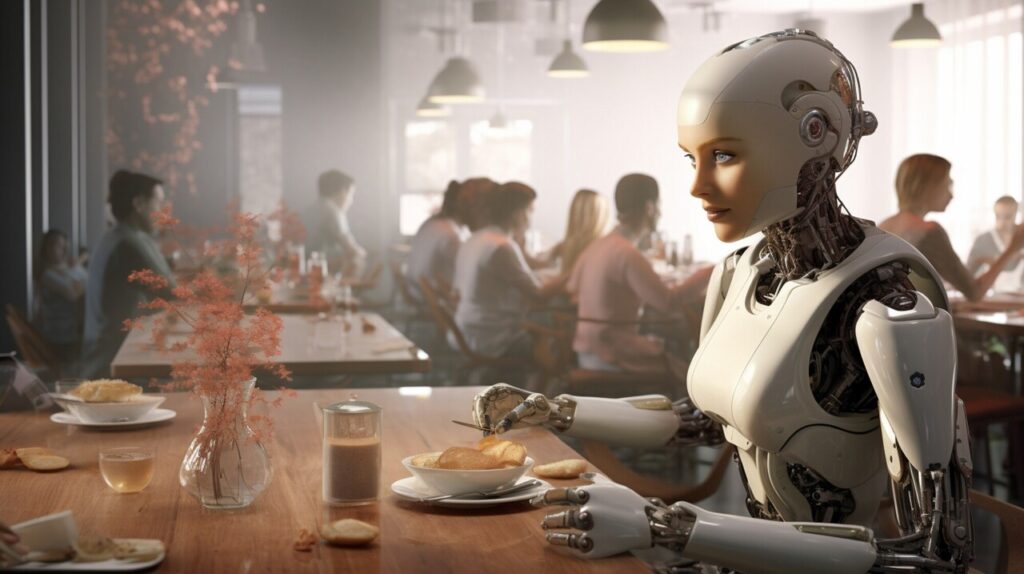
Okay, so we’ve got AI writing novels, making music, diagnosing your weird rash before Google can even guess it’s not cancer — but now? It wants to taste. Yes, taste. As in your grandma’s rendang. As in that late-night Indomie you cried into after a breakup. As in sambal levels that make your ancestors sweat.
AI is creeping into the last human sense it hasn’t conquered, and I’m both horrified and thrilled — like watching a robot try to eat durian for the first time. It’s weird. It’s fascinating. And it’s definitely happening.
Let’s be real: we humans are taste-obsessed creatures. We fly across continents just to eat that one street taco in Mexico City or slurp ramen in some Tokyo alleyway smaller than a closet. F
lavor isn’t just flavor — it’s nostalgia, culture, mood swings in edible form. And now there’s a machine trying to replicate that? Trying to understand it?
Yeah, I’ve got questions too.
First, How the Hell Does a Robot “Taste”?
You’d think it’s just licking a motherboard, right? Wrong. AI doesn’t have taste buds (yet, God help us). What it does have is sensors, algorithms, and a relentless hunger for data.
We’re talking e-noses, e-tongues — actual machines that can detect chemicals, textures, flavor compounds.
Think of it like a hyper-curious toddler that never gets full and keeps asking “what’s that?” but with a lab coat and funding from MIT.
But it goes deeper. The AI doesn’t just say “this is salty.” It starts learning the why. Why do humans like salty with sweet?
Why do we think coriander tastes like soap unless we’re genetically blessed? Why does sambal make us cry but still reach for another bite?
It doesn’t just want to know what’s tasty. It wants to understand why we feel that something is delicious.
So What’s the Point? Is It Just to Replace Chefs?
God, no. Julia Child isn’t rolling in her grave just yet.
This tech isn’t here to steal your grandma’s secret recipe and turn it into fast food. At least not directly. It’s being used in food safety, nutrition, flavor development, even space travel meals. Because, believe it or not, astronauts also hate bland food.
Some startups are training AI to help recreate flavors from memory. Like that mango pickle your lola made 20 years ago but no one remembers how? AI might help resurrect it.
Some labs are using it to reduce salt and sugar without compromising taste. So yeah, maybe your next guilt-free snack won’t taste like cardboard for once.
And chefs? The smart ones are using AI as sous chefs with a data fetish. They’re using it to analyze ingredient combos, create new flavor pairings, even write recipes that go viral. Think: fusion without the cultural crime.
But Let’s Talk About the Weird Stuff
You knew it was coming. Robots tasting wine better than sommeliers? Yep. One AI system in Japan can identify types of sake better than human experts. There’s another one in Germany sniffing out fake whiskies like some high-tech snob with a monocle.
And don’t get me started on the AI that tried to recreate Coca-Cola. Like… respectfully, back off. Some things should stay sacred.
Oh, and yes — there’s one AI that said a certain gourmet cheese smelled like “dirty socks and baby puke.” So the tech’s still got a learning curve. We’ll give it time.
What This Means for You and Me?
Let’s say you’re a home cook, or a food lover who just wants to know which sambal brand won’t burn off your taste buds. AI might be able to help you figure that out soon.
Or maybe you’ve got dietary restrictions. Imagine an app (not in the cringey tech-bro way) that knows exactly how to cook your favorites with flavor and health in mind. Food that’s good for you and actually tastes like something other than punishment? Finally.
But most importantly — it could preserve cultural flavors. If AI can learn to detect and decode complex, generational tastes, it can help keep them alive.
Recipes passed down orally, flavors built over centuries… now they have a digital guardian that’s not just preserving but actually understanding them.
That’s kinda beautiful, isn’t it?
So… Should We Be Excited or Scared?
Both. Like all good sci-fi beginnings.
This tech could go full Black Mirror, no lie. “Your AI fridge says you’re not allowed more ice cream because your blood sugar’s up.” Killjoy. But in the hands of the right people? It could revolutionize the way we eat, connect, and create.
Because food is more than survival — it’s storytelling. It’s identity. It’s joy in a bite. If AI wants to be part of that, it better pull up a chair and learn respect. Starting with not calling our sambal “aggressively acidic.”
TL;DR (but seriously, read it all next time)
AI is learning to taste. It’s weird. It’s wild. It’s lowkey wonderful. And if it helps preserve flavor legacies and makes my gluten-free cookies edible again, then hey — welcome to the table, robot.
Now pass the rendang. And don’t you dare say it smells like engine oil.


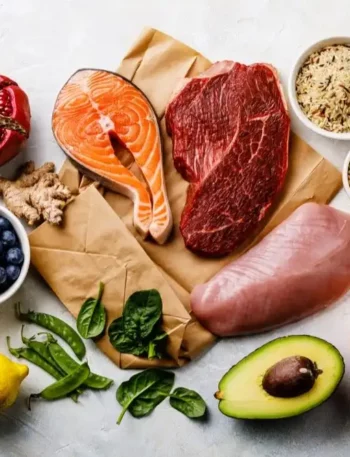
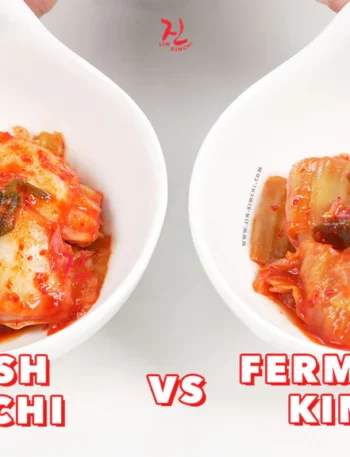
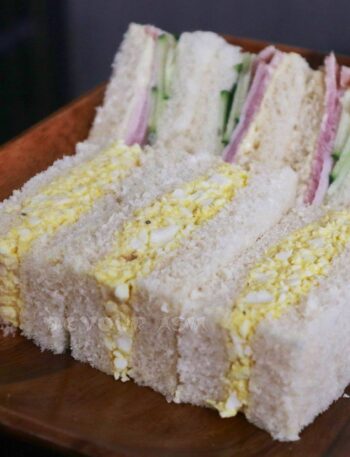
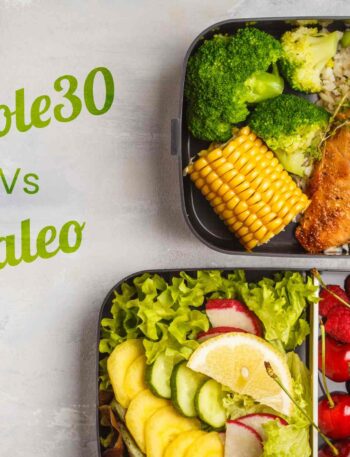
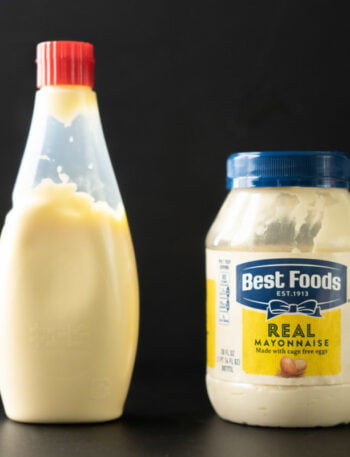


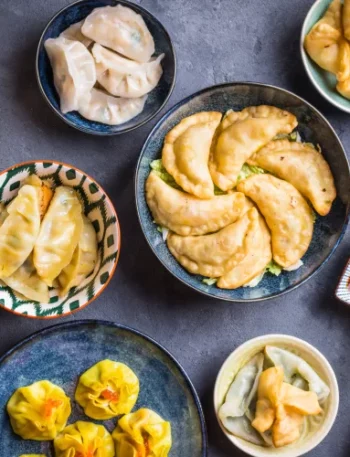
The part about sambal levels making ancestors sweat had me laughing! But it really does raise an important question—can a machine ever understand the cultural and emotional weight behind something as subjective and personal as taste?